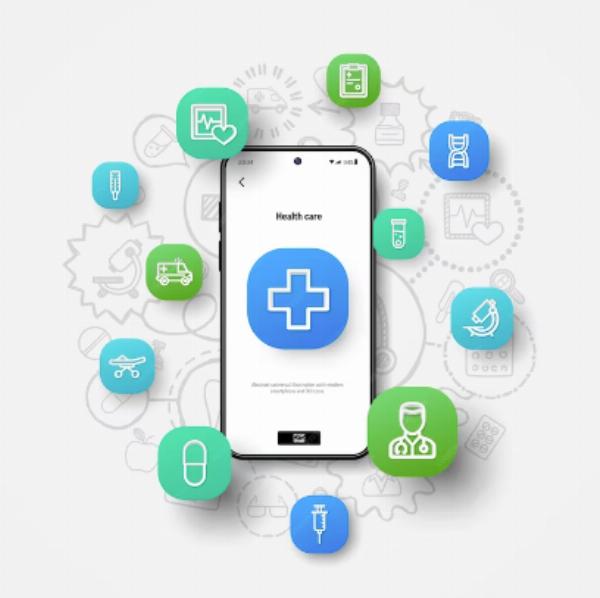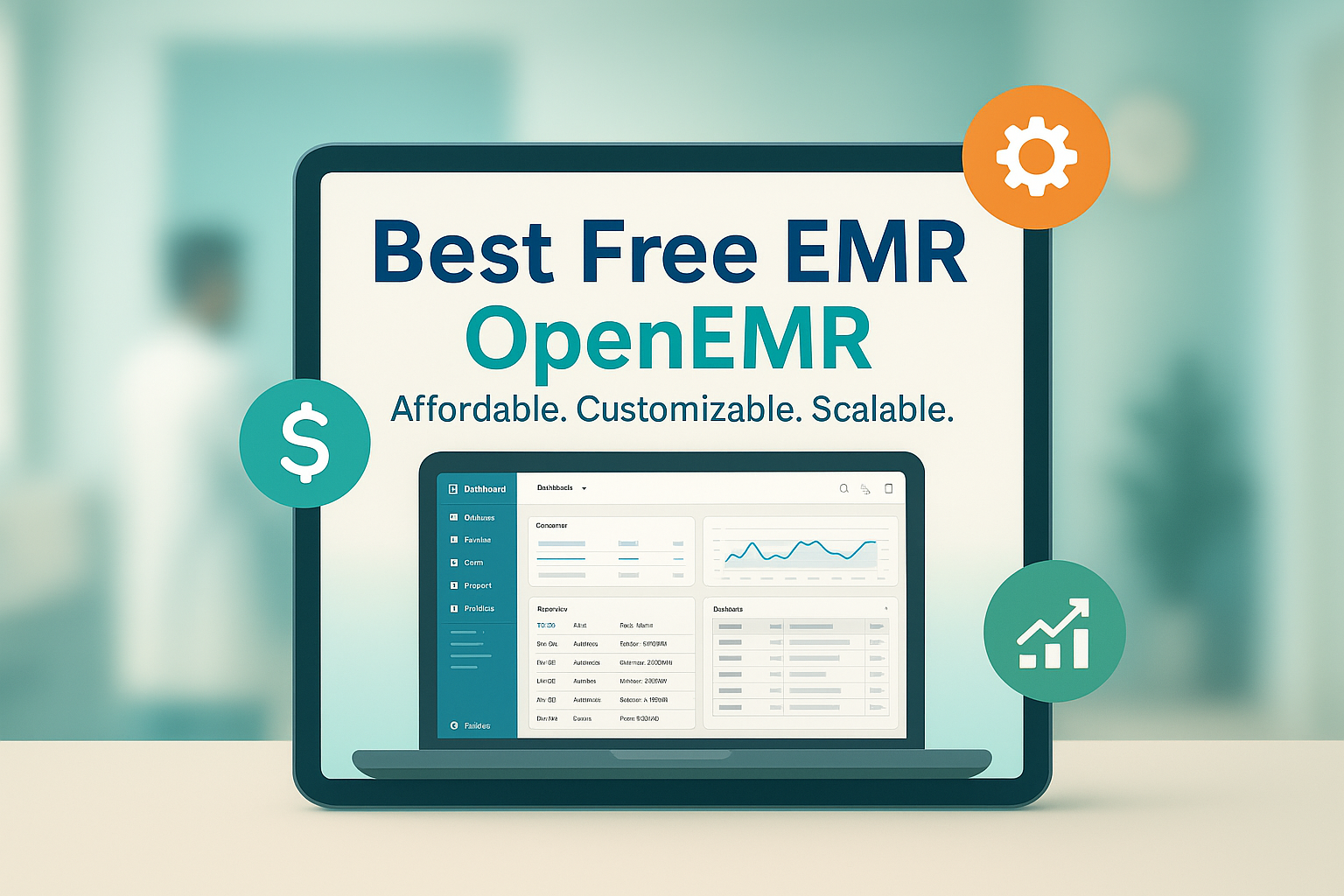Adding Value to Care Management by Taking a Patient-Centered Care Approach

In today’s healthcare landscape, patient needs and expectations are rapidly evolving. Patients want more personalized, accessible, and compassionate care that goes beyond traditional treatment plans. This shift has led to the rise of patient-centered care, an approach that places the patient at the core of the care process, emphasizing empathy, communication, and collaboration. When integrated into care management, this approach enhances healthcare outcomes, improves patient satisfaction, and reduces costs.
In this blog, we’ll explore how a patient-centered care approach adds value to care management and how healthcare organizations can adopt this model to improve both the patient experience and operational efficiency.
What is Patient-Centered Care?
Patient-centered care is a healthcare philosophy that focuses on respecting and responding to individual patient preferences, needs, and values. Unlike traditional models that often prioritize the provider’s perspective, patient-centered care emphasizes shared decision-making, continuous communication, and treating the patient as an active participant in their health journey.
This approach goes hand in hand with effective care management, which coordinates services and resources to improve the quality and efficiency of healthcare delivery.
The Core Principles of Patient-Centered Care
To integrate patient-centered care into care management, healthcare providers must focus on several key principles:
Personalization: Care plans should be tailored to each patient’s unique needs, medical history, and lifestyle.
Respect and Empathy: Providers must listen to patients’ concerns, respect their preferences, and treat them with empathy and dignity.
Shared Decision-Making: Patients should be involved in decisions about their care, ensuring they fully understand their options and the potential outcomes.
Coordination and Continuity: Seamless communication between healthcare providers, specialists, and caregivers ensures that patients receive coordinated care.
Accessibility and Convenience: Patients should have easy access to healthcare services, whether through in-person visits, telehealth, or mobile apps.
How Patient-Centered Care Adds Value to Care Management
When healthcare organizations adopt a patient-centered approach, the benefits extend to both patients and providers. Let’s explore how this approach enhances care management:
1. Improved Patient Outcomes
Patient-centered care encourages providers to focus on preventative care and early intervention. By understanding each patient’s unique circumstances, care teams can develop proactive treatment plans that reduce the risk of complications.
For example, a care manager may work with a diabetic patient to create a personalized nutrition and exercise plan. Regular follow-ups and continuous monitoring help prevent severe complications like heart disease or kidney failure.
Result: Fewer hospital admissions improved long-term health, and reduced healthcare costs.
2. Increased Patient Engagement
When patients feel heard and involved in their care decisions, they are more likely to adhere to treatment plans. Patient-centered care promotes trust and communication, motivating patients to take an active role in managing their health.
Healthcare apps and portals that offer features like medication reminders, symptom trackers, and secure messaging empower patients to stay engaged with their care plans.
Result: Higher adherence rates, better disease management, and reduced risk of treatment failure.
3. Enhanced Care Coordination
Chronic conditions often require input from multiple healthcare providers, including primary care physicians, specialists, and caregivers. Without proper coordination, patients may experience delays, miscommunication, or conflicting treatment plans.
Patient-centered care emphasizes collaboration across care teams, supported by technologies like care management software. Real-time data sharing and secure communication channels ensure that every provider has access to the same up-to-date information about the patient.
Result: Streamlined care delivery, fewer medical errors, and improved patient safety.
4. Reduced Costs and Resource Utilization
Preventative care and early intervention reduce the need for expensive emergency care, hospitalizations, and invasive procedures. By addressing health issues before they escalate, healthcare organizations can optimize resource allocation and lower operational costs.
Patient-centered care also reduces the risk of duplicate tests and unnecessary treatments by ensuring that care plans are well-coordinated and data-driven.
Result: Cost savings for both healthcare providers and patients.
5. Higher Patient Satisfaction
Patients who experience personalized, empathetic care are more satisfied with their healthcare experience. Satisfied patients are more likely to stay with their providers, recommend services to others, and provide positive feedback.
Healthcare organizations that prioritize patient-centered care often see improved ratings in patient satisfaction surveys, which can impact their reputation, funding, and reimbursement rates.
Result: Stronger patient-provider relationships and improved organizational performance.
Implementing Patient-Centered Care in Care Management
Integrating a patient-centered approach into care management requires strategic planning, investment in technology, and cultural change. Here are practical steps healthcare organizations can take:
1. Leverage Technology for Better Communication
Healthcare apps, portals, and care management platforms enable continuous communication between patients and providers. Features like secure messaging, telehealth, and real-time alerts ensure that patients stay connected to their care teams.
For example, a patient can use a mobile app to report symptoms, schedule follow-ups, and receive reminders for medications or check-ups.
Tip: Work with a healthcare app development provider to design user-friendly apps tailored to your patients’ needs.
2. Train Providers in Empathy and Active Listening
Healthcare professionals should receive training on how to communicate effectively with patients. Active listening, empathy, and respectful dialogue help build trust and encourage patients to share vital information about their health.
Tip: Incorporate regular feedback from patients to improve communication practices and identify areas for improvement.
3. Personalize Care Plans
Every patient is different, and a one-size-fits-all approach won’t work. Use data from electronic health records (EHR), patient interviews, and diagnostic tests to develop individualized care plans.
Advanced care management software can analyze patient data to recommend personalized interventions and treatment options.
Tip: Use predictive analytics to identify high-risk patients and intervene early.
4. Foster Collaboration Across Care Teams
Care coordination is essential for patient-centered care, particularly for patients with complex conditions. Use cloud-based platforms to facilitate real-time collaboration among providers, specialists, and caregivers.
Tip: Implement role-based access controls to ensure that each care team member can view and update relevant patient information.
5. Measure and Improve Patient Satisfaction
Regularly collect feedback from patients through surveys, interviews, and online reviews. Use this data to assess the effectiveness of your patient-centered care initiatives and make improvements where necessary.
Tip: Monitor key performance indicators (KPIs) such as patient satisfaction scores, readmission rates, and treatment adherence to evaluate success.
The Role of Healthcare App Development in Patient-Centered Care
Healthcare app development plays a crucial role in supporting patient-centered care. By offering patients tools to manage their health, communicate with providers, and access educational resources, apps empower patients to take control of their care journey.
Features that enhance patient-centered care include:
Patient portals for accessing medical records and test results
Telehealth integration for virtual consultations
Real-time notifications for medication and appointment reminders
Secure messaging for continuous communication with care teams
Healthcare organizations that invest in custom app development can tailor these features to meet the needs of their patient population.
Final Thoughts: Putting Patients First
Patient-centered care is more than just a trend—it’s a proven approach that adds significant value to care management. By focusing on personalization, communication, and collaboration, healthcare organizations can improve outcomes, reduce costs, and enhance the patient's experience.
If your organization is looking to adopt a patient-centered care model, investing in healthcare app development can help you achieve your goals. At Emorphis Technologies, we specialize in building custom care management solutions that empower both patients and providers.
Contact us today to learn how we can help you deliver exceptional, patient-centered care.
Let’s shape the future of healthcare together!
Note: IndiBlogHub features both user-submitted and editorial content. We do not verify third-party contributions. Read our Disclaimer and Privacy Policyfor details.







